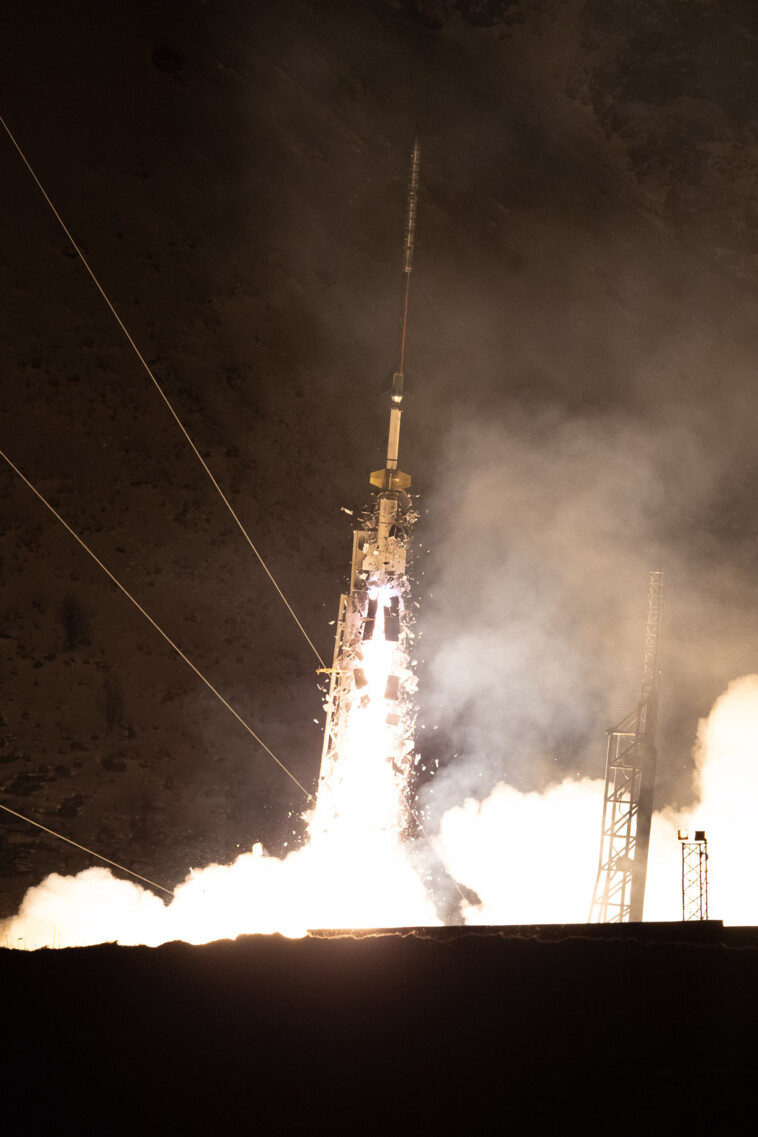FAIRBANKS, Alaska – This week, NASA aims to fire off rockets into the night sky over Alaska in an attempt to better understand polar auroras – more commonly known as the Northern Lights.
Like a snowflake or a fingerprint, each aurora is unique. They appear as ribbons of light, ranging over the whole color spectrum. Each event is a one-time-only light show across the night sky.
While scientists have a general understanding of what causes polar auroras – charged particles released by the Sun, known as solar flares, interacting with Earth’s magnetic field – they’re not sure what causes their unique movements.
Specifically, researchers at NASA want to understand why some auroras flicker, others pulsate, and others appear to have holes.
NASA’s Goddard Space Flight Center is flying two creatively named missions out of the Poker Flat Research Range in Fairbanks.
The first mission, designated as “Ground Imaging to Rocket investigation of Auroral Fast Features (GIRAFF),” is aimed at firing rockets at what NASA has determined are the two distinct subtypes of aurora: “so-called fast-pulsating auroras, which flash on and off a few times a second, and the other for flickering auroras, which do so up to 15 times a second.”
Each rocket is equipped with instruments that will take measurements of collisions between electrons coming from solar flares and electrons in Earth’s magnetosphere.
A second mission will fire rockets into the dark spots or “holes” in auroras to try and determine what cases them to occur.
The mission is named the Black and Diffuse Aurora Science Surveyor. According to a news release from NASA, “Its acronym will be left as an exercise to the reader.”
NASA says wind conditions in Alaska will play a key role in knowing when to launch.
According to the release, “Both teams will track the auroras via ground-based cameras at the launch site and at the down-range observatory in Venetie, Alaska, about 130 miles to the northeast along the rockets’ trajectory.”
Aristotle made one of first scientific accounts of auroras in the 4th century, according to NASA. Some scientists and historians credit astronomer Galileo for coining the term Aurora Borealis.






